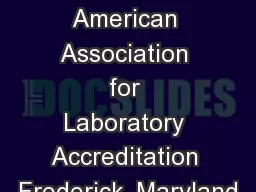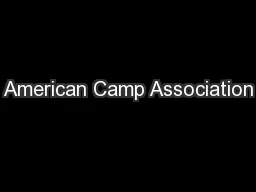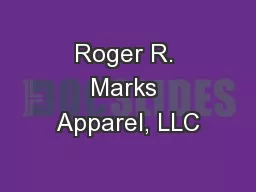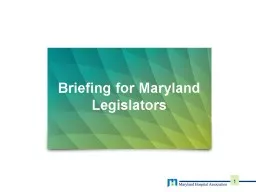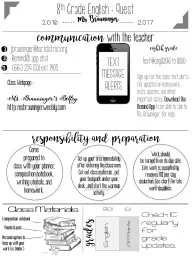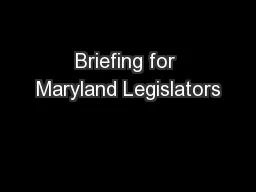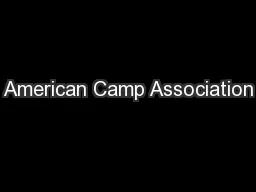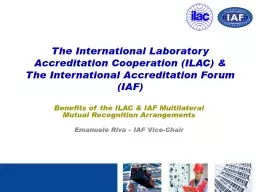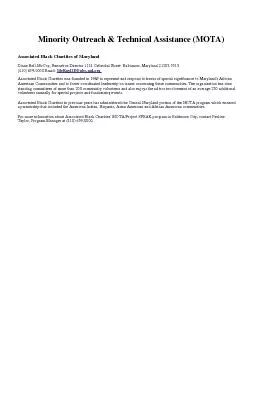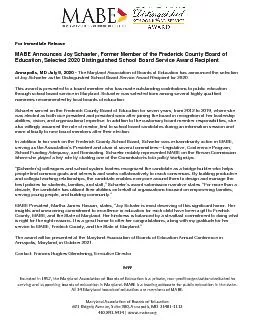PPT-Roger Brauninger American Association for Laboratory Accreditation Frederick, Maryland
Author : tawny-fly | Published Date : 2018-10-31
February 3 2016 Government Food and Feed Accreditation meeting Ensuring a Smooth ISOIEC 17025 Accreditation Assessment Tips on Reducing the Uncertainty and Anxiety
Presentation Embed Code
Download Presentation
Download Presentation The PPT/PDF document "Roger Brauninger American Association f..." is the property of its rightful owner. Permission is granted to download and print the materials on this website for personal, non-commercial use only, and to display it on your personal computer provided you do not modify the materials and that you retain all copyright notices contained in the materials. By downloading content from our website, you accept the terms of this agreement.
Roger Brauninger American Association for Laboratory Accreditation Frederick, Maryland: Transcript
Download Rules Of Document
"Roger Brauninger American Association for Laboratory Accreditation Frederick, Maryland"The content belongs to its owner. You may download and print it for personal use, without modification, and keep all copyright notices. By downloading, you agree to these terms.
Related Documents

